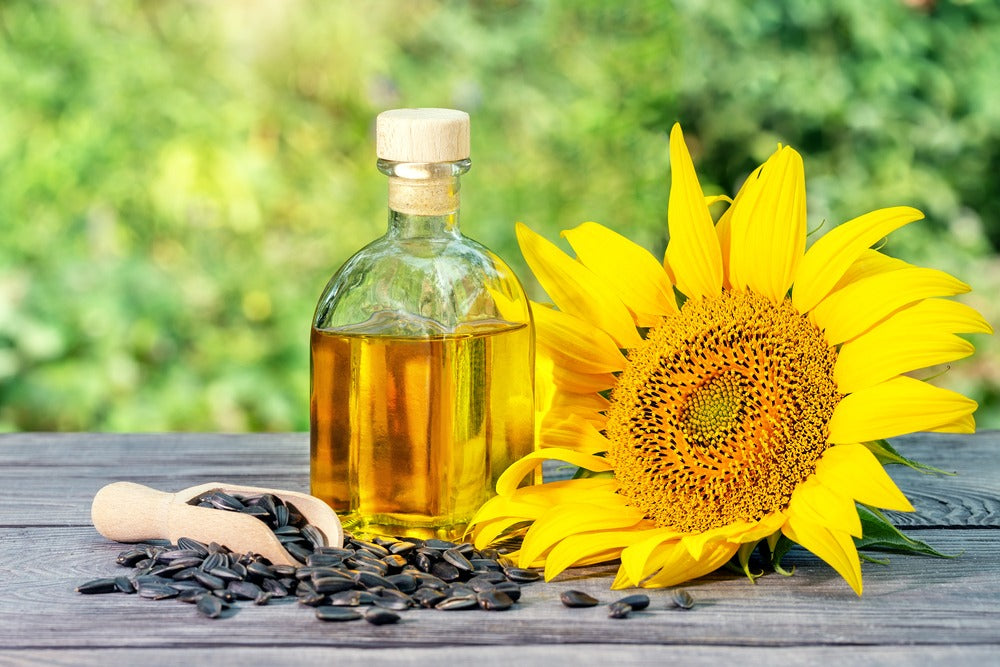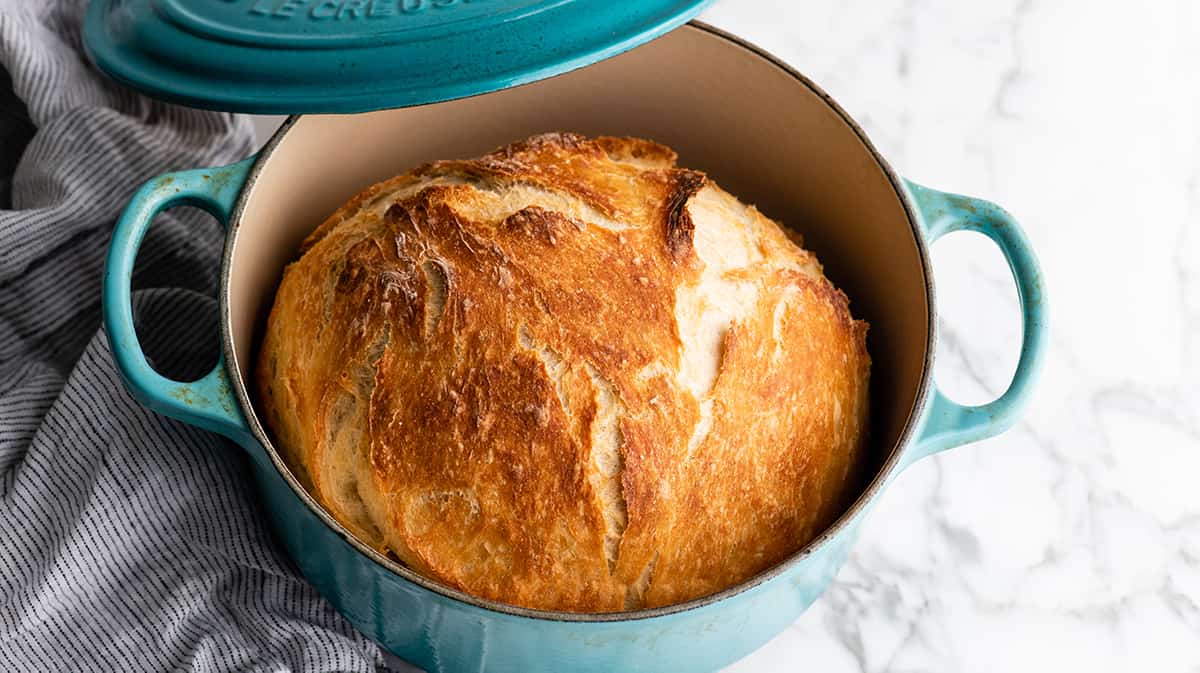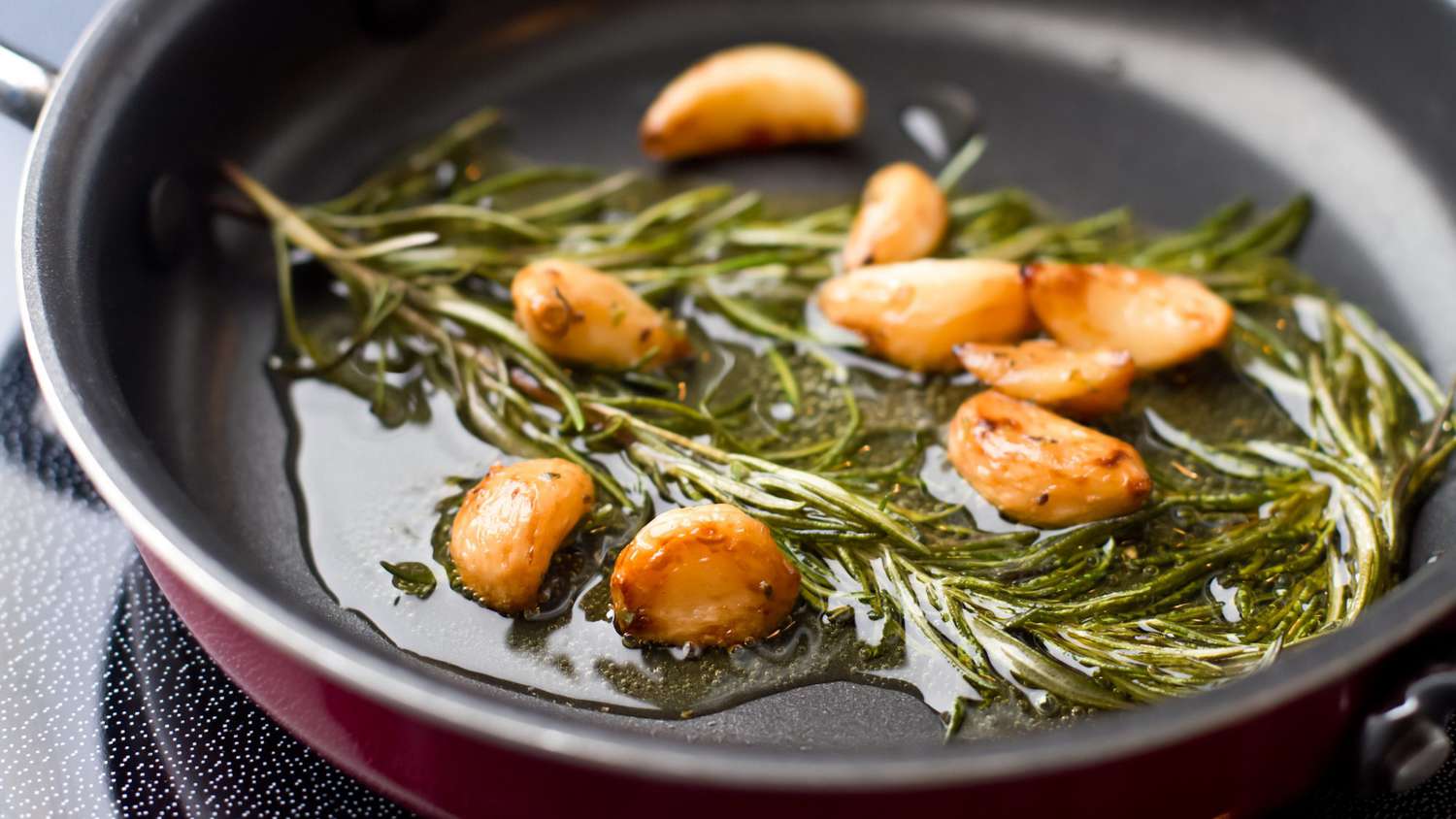Today, we will delve into the intriguing world of palm kernel oil, a versatile ingredient that has garnered significant attention in the culinary industry. Kitchen professionals and enthusiasts alike often wonder, what is palm kernel oil and what makes it a coveted component in numerous recipes and products?
In this comprehensive guide, we will explore the origin, benefits, uses, production process, and potential health effects of palm kernel oil. Whether you are new to the concept or seeking to expand your knowledge, this article will provide valuable insights and answer your burning questions about palm oil.

Understanding Palm Kernel Oil
Palm kernel oil is derived from the kernel or seed of the oil palm fruit (Elaeis guineensis). Unlike palm oil, which is extracted from the pulp of the fruit, palm kernel oil is obtained from the inner seed. This distinction leads to differences in composition, flavor, and application.
The Production Process
The journey of palm kernel oil begins with the oil palm tree, predominantly grown in tropical regions such as Malaysia and Indonesia. The process involves several steps:
- Harvesting: The oil palm fruits are harvested and transported to the processing facility.
- Kernel Extraction: The palm kernels are separated from the pulp and cracked open to access the oil-rich seeds inside.
- Oil Extraction: The kernels are mechanically or chemically processed to extract the oil.
- Refinement: The crude oil undergoes refining to remove impurities, resulting in the final product.

Benefits of Palm Kernel Oil
Palm kernel oil offers several benefits that make it a popular choice in both culinary and non-culinary applications:
1. High Nutrient Content
Palm kernel oil is rich in saturated fats, particularly medium-chain triglycerides (MCTs). These fats are easily metabolized and provide a quick source of energy.
2. Stability at High Temperatures
Due to its high saturated fat content, palm kernel oil has a high smoke point. This makes it ideal for frying and other high-heat cooking methods without breaking down or producing harmful compounds.
3. Versatile in Various Recipes
Its neutral flavor and smooth texture make palm kernel oil a versatile ingredient in both sweet and savory dishes. It is commonly used in baking, confectionery, and savory sauces.
4. Skin and Hair Care
Palm kernel oil is also cherished for its moisturizing properties. It is a common ingredient in cosmetic products such as lotions, creams, and hair conditioners.

Uses in Culinary Practices
Kitchen professionals often incorporate palm kernel oil into their cooking repertoire for its unique characteristics.
1. Baking and Confectionery
Palm kernel oil acts as a solid fat, making it an excellent choice for baking. It helps create tender, flaky pastries and enhances the texture of baked goods.
2. Frying
Its high smoke point ensures that palm kernel oil remains stable during frying, preventing the formation of unwanted flavors and harmful substances.
3. Sauces and Dressings
The neutral taste of palm kernel oil allows it to blend seamlessly with various ingredients, making it suitable for creating creamy dressings and rich sauces.

Health Considerations
While palm kernel oil offers numerous benefits, it is essential to consider its potential health effects:
Saturated Fat Content
Palm kernel oil is high in saturated fats, which can raise cholesterol levels if consumed excessively. Moderation is key to enjoying its benefits without compromising cardiovascular health.
Allergic Reactions
Individuals with palm oil or palm kernel oil allergies should avoid products containing these ingredients to prevent adverse reactions.
Sustainable Sourcing and Environmental Impact
Sustainability is a crucial consideration when discussing palm kernel oil. The demand for palm oil has led to deforestation and habitat loss in certain regions. To address these concerns, many producers and consumers are opting for certified sustainable palm oil (CSPO) to promote responsible sourcing.
Conclusion
In conclusion, palm kernel oil is a valuable and versatile ingredient with a multitude of culinary and cosmetic applications. Understanding what is palm kernel oil and its benefits, uses, and potential health considerations can help kitchen professionals make informed choices. By opting for sustainable sourcing practices, we can enjoy the advantages of palm kernel oil while supporting environmental conservation efforts.
FAQ
1. Is palm kernel oil the same as palm oil?
No, palm kernel oil and palm oil are distinct. Palm oil is extracted from the pulp of the oil palm fruit, while palm kernel oil is derived from the seed or kernel of the fruit.
2. Can palm kernel oil be used for skincare?
Yes, palm kernel oil is commonly used in skincare products due to its moisturizing properties. It is found in lotions, creams, and hair care products.
3. What is the smoke point of palm kernel oil?
The smoke point of palm kernel oil is approximately 450F (232C), making it suitable for high-heat cooking methods such as frying.
If you want to learn more about sustainable palm oil, visit the Roundtable on Sustainable Palm Oil (RSPO).
If you are looking for more information on how to maintain your kitchen, check out this guide on cleaning kitchen tiles.
As an Amazon Associate, I earn from qualifying purchases.






Leave a comment
This site is protected by hCaptcha and the hCaptcha Privacy Policy and Terms of Service apply.